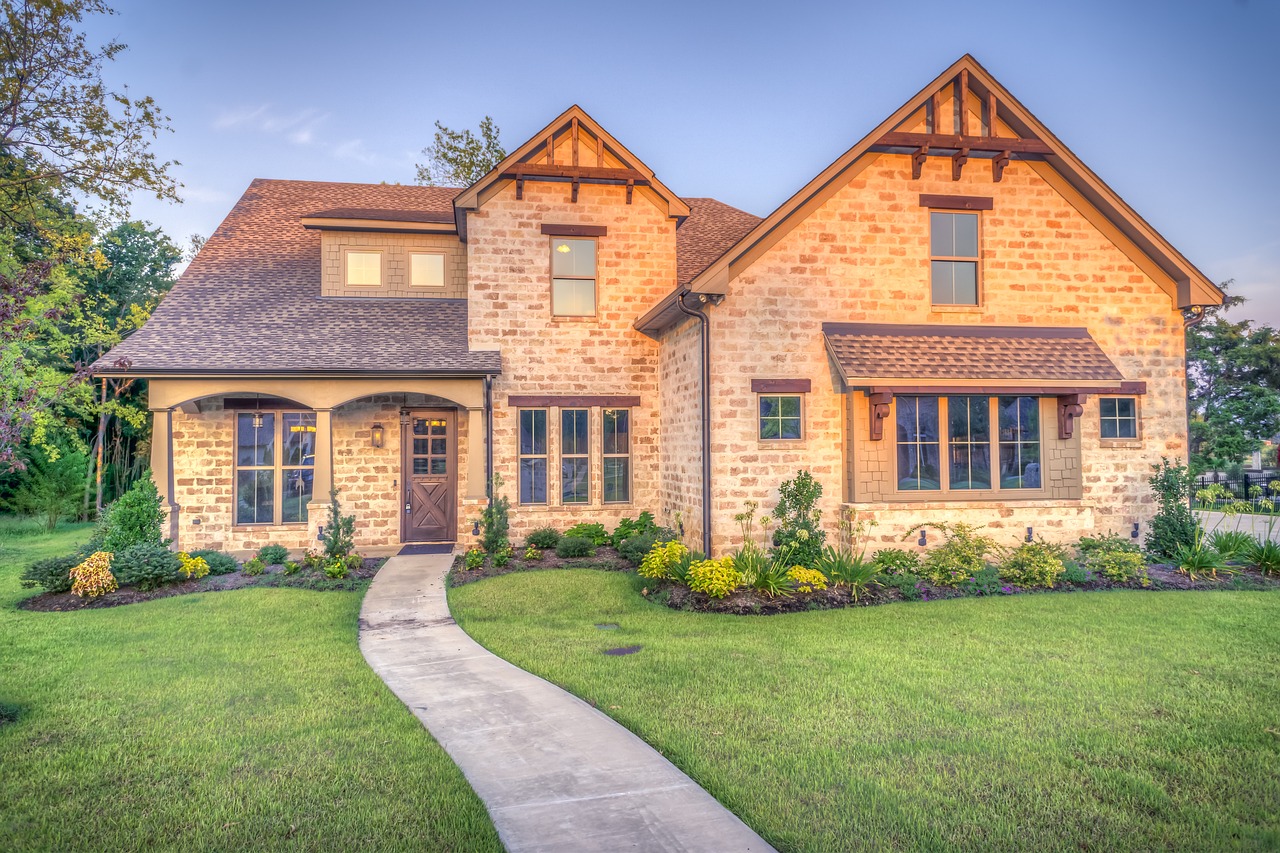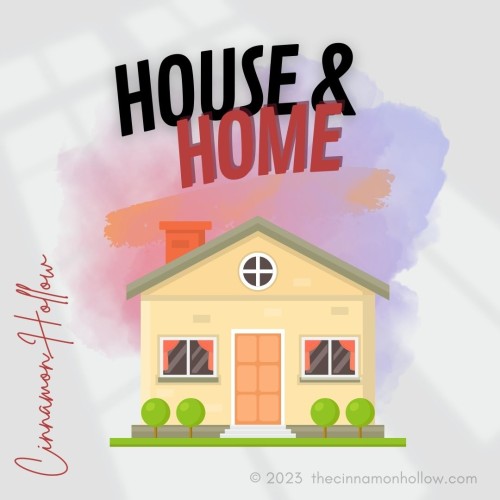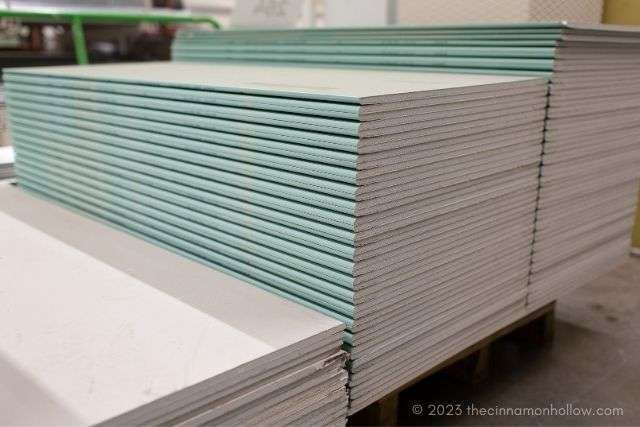Weatherproofing your home is a must, especially in places with unpredictable weather like Longmont, Colorado. Nestled at the foot of the Rocky Mountains, Longmont experiences a wide range of weather conditions, from sunny days to heavy snowfalls. This makes it crucial for homeowners to ensure their home exteriors are well-prepared to handle whatever Mother Nature throws their way.
Starting with the basics, like selecting the right materials for your siding, to more detailed tasks, such as sealing windows and maintaining your gutters, each step is vital. But weatherproofing doesn’t stop there.
These strategies not only protect your home from weather-related damage but also enhance its energy efficiency and overall comfort. Whether you’re a new homeowner in Longmont or looking to update your current residence, this guide will provide you with practical tips to keep your home secure, comfortable, and energy-efficient throughout the year.
So, let’s explore how to effectively weatherproof your home exterior with these additional steps.
Choosing the Right Materials for Siding
The first step in weatherproofing your home is selecting the right siding. Materials like vinyl, fiber cement, and wood each have their pros and cons, depending on your local climate and aesthetic preferences. Vinyl siding is durable and low maintenance, making it a popular choice. Fiber cement, while more expensive, offers excellent weather resistance and longevity. Wood siding provides a classic look but requires more upkeep to protect against moisture and pests.
A Longmont Siding Contractor such as WestPro offers expertise and services tailored to withstand the local climate’s challenges, ensuring homes remain safe and well-maintained throughout the year. From heavy snowfall in the winter to strong summer storms, the right siding can make all the difference.
Sealing Windows and Doors
Windows and doors are common sites for air leaks, which can let in cold drafts in the winter and warm air in the summer, increasing your energy bills. Checking these areas for leaks and sealing them with quality caulking and weather-stripping can significantly improve your home’s insulation.
For best results, inspect the seals around your windows and doors at least once a year and replace any damaged or worn sealants. This not only helps in maintaining a comfortable indoor temperature but also reduces the strain on your heating and cooling systems.
Gutter Maintenance and Repair
Gutters play a vital role in directing rainwater away from your home’s foundation, walls, and roof. Clogged or damaged gutters can lead to water damage, which is both costly and harmful to your home’s structure. Regularly cleaning your gutters and checking for leaks or misalignment ensures they function correctly.
Consider installing gutter guards to reduce debris buildup and minimize maintenance. If you notice any signs of wear or damage, addressing these issues promptly can prevent more significant problems down the line.
Roof Inspection and Maintenance
Your roof is your home’s first line of defense against weather elements. Over time, shingles can become damaged, or other components of the roof system may fail, leading to leaks and other issues. Conducting regular roof inspections, especially after severe weather events, can help catch potential problems early. Just be sure not to pick the first roofer you find online, but instead, look into getting multiple roof quotes so you can compare some of the differences.
Professional inspections are also valuable, as experts can spot issues that are not immediately apparent to the untrained eye. They can assess the condition of your roof and recommend necessary repairs or maintenance to ensure it continues to protect your home effectively.
Insulating Your Home
Proper insulation is key to maintaining a comfortable indoor environment and reducing energy costs. It helps keep warm air inside during the winter and cool air during the summer. There are various insulation types, each suited for different parts of your home, such as fiberglass, cellulose, and spray foam.
Pay special attention to areas like the attic, walls, and floors. Upgrading insulation in these areas can have a significant impact on your home’s overall energy efficiency. Professional advice can be invaluable here, as experts can recommend the best insulation types and methods for your specific needs.
Landscaping as a Shield
Strategic landscaping can significantly impact your home’s ability to withstand various weather conditions. Planting trees and shrubs in specific areas around your property can serve as windbreaks, reducing the wind’s force before it hits your home. Not only does this lessen the chance of damage during storms, but it can also help keep your home warmer in winter. Additionally, the right plants
can provide shade during the hotter months, keeping your home cooler and reducing the need for air conditioning. Choosing native plants ensures they thrive in your local climate with minimal upkeep.
Keeping a Tight Schedule
Regular maintenance is key to preventing weather-related damage to your home. Creating a seasonal checklist for your home’s exterior can help you stay on top of necessary tasks. This list should include cleaning gutters, inspecting the roof, checking windows and doors for leaks, and ensuring your siding is in good condition. By tackling these tasks systematically, you can address potential issues before they escalate into costly repairs.
The Role of Professionals
While DIY efforts can go a long way in maintaining your home, certain tasks require a professional touch. Experts have the skills, tools, and knowledge to identify and fix problems that might not be obvious to the untrained eye. For instance, a professional can assess whether your insulation needs upgrading or if your siding requires repair or replacement to better withstand your local weather conditions. Their expertise can save you time and money in the long run by doing the job right the first time.
Conclusion
Weatherproofing your home exterior is an ongoing process that requires attention to detail and proactive maintenance. By choosing the right materials, sealing windows and doors, keeping up with gutter and roof maintenance, insulating properly, and employing strategic landscaping, you can significantly improve your home’s resilience against harsh weather. Remember, regular maintenance checks and not hesitating to call in professionals when necessary are crucial steps in protecting your investment. Following these strategies allows you to enjoy a safer, more comfortable home regardless of the weather outside.






